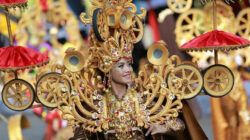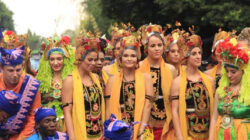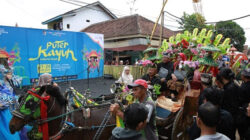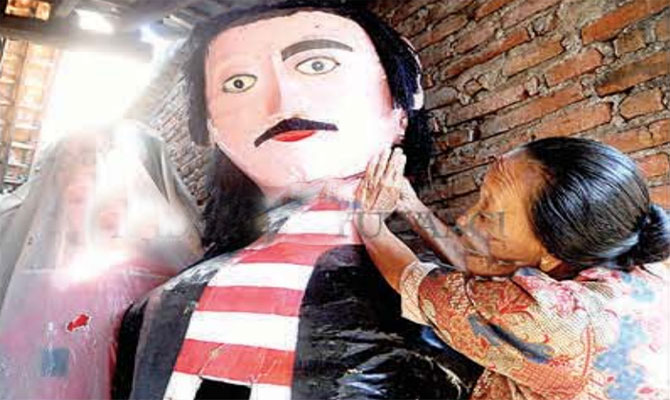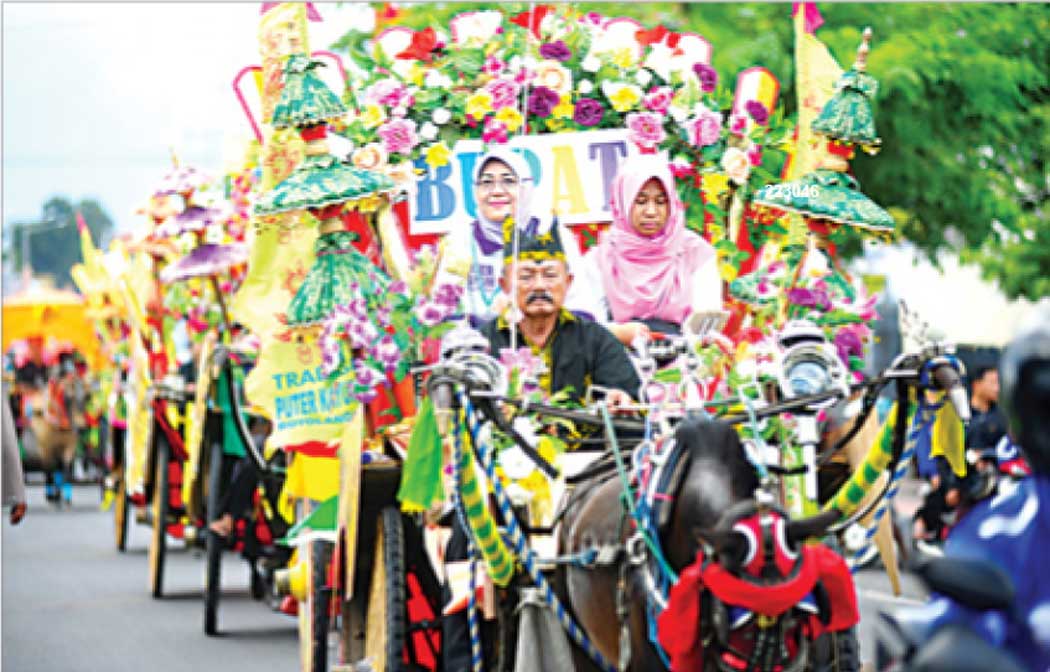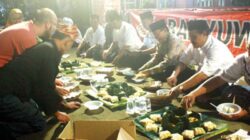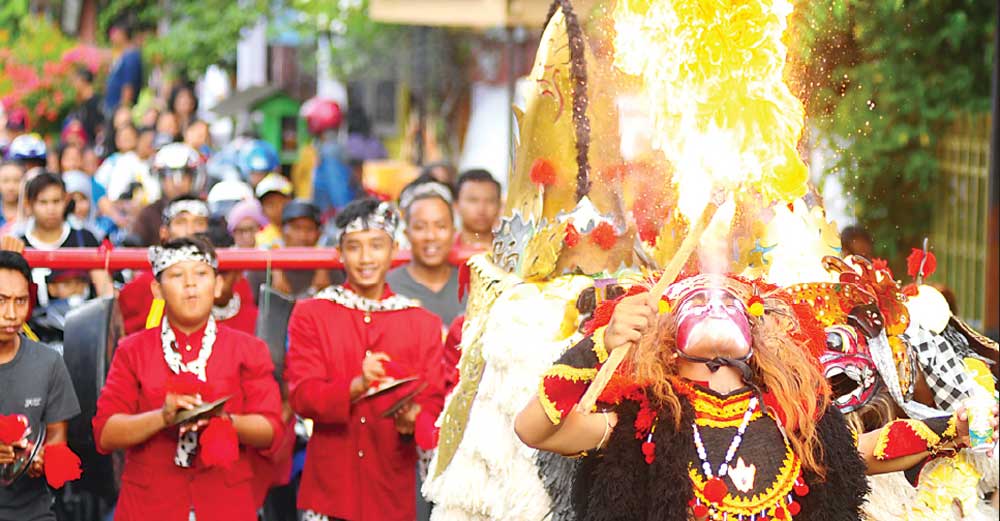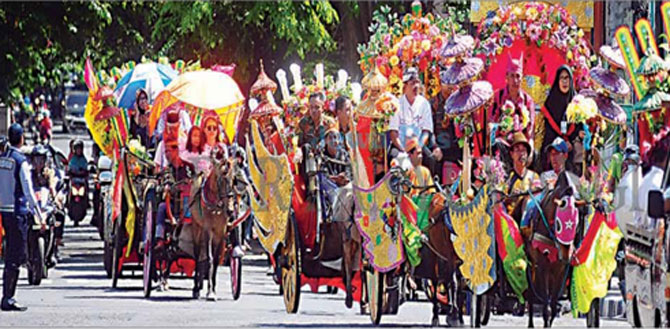
TURNS – Banyuwangi is increasingly ordaining itself as a repository of art-tradition. Only in this month of Shawwal, at least three local traditions are held on Earth Blambangan, namely Barong Ider Bumi in Kemiren Village, Seblang in Bysari Village, and yesterday it was the turn of the Boyolangu Village community, Giri District holds the Puter Kayun tradition.
Puter Kayun is a tradition carried out by local residents on the tenth day of the month of Shawwal. Boyolangu residents are busy riding decorative carts to Watudodol Beach which is about 15 Kilometer (Km).
Puter Kayun this time was opened by the Banyuwangi Regency Government Staff for Economics and Finance, Pujo Hartanto. Pujo says, that the traditions that are included in the Banyuwangi Festival tourism agenda (B-Fest) this comes from a society that grows from the bottom.
This unique tradition, he continued, can be a community identity. Therefore, the local government will continue to support and accommodate so that the Puter Kayun tradition remains sustainable. “B-Fest will consistently promote the local traditions of the local community, including the tradition of Puter Kayun Boyolangu,” he said.
According to Pujo, Festivals originating from local traditions will still be held in the village or kelurahan from which the tradition originates, instead of being carried to the city. “In addition to maintaining existing traditions and rituals, this is also a way to grow many tourist attractions in Banyuwangi," he said.
Next, Pujo and other regional component officials broke the jug as a sign of the start of the Puter Kayun tradition. With the community, they, in droves. This tradition continues to be held as a trace of the great-grandfather Jakso, Ancestors of Boyolangu residents who are believed to be the first to build roads in the northern area of Banyuwangi.
"That said, used to open the road to the north, The Dutch asked Buyut Jakso for help because in the north there were mountain mounds that couldn't be dismantled. Jakso then meditated and lived on Mount Silangu which is now Boyolangu.
For his magic, finally he was able to open the road so that the area was named Watu Dodol, which means stone didodol (dismantled),” said the Chairman of the Puter Kayun committee, Mohamad Ikrom.
Since that, continued lchrome, Ki Buyut Jakso ordered his descendants to visit Watu Dodol Beach to trace back what he had done. “Because at that time, almost all Boyolangu people worked as coach drivers, then they ride gigs. Until someone called this Puter Kayun as the Eid of the coachman Dokar,” he said.
After arriving at Watu Dodol, they held a celebration. Some traditional leaders also sprinkle flowers of various kinds into the sea to honor their predecessors who died while building roads.
Before the implementation of puter kayun, This tradition begins with a number of rituals. Starting from nyekar to the tomb of Buyut Jakso and the tradition of kupat rent (a thousand rhombuses) which was held three days before Puter Kayun. (radar)
